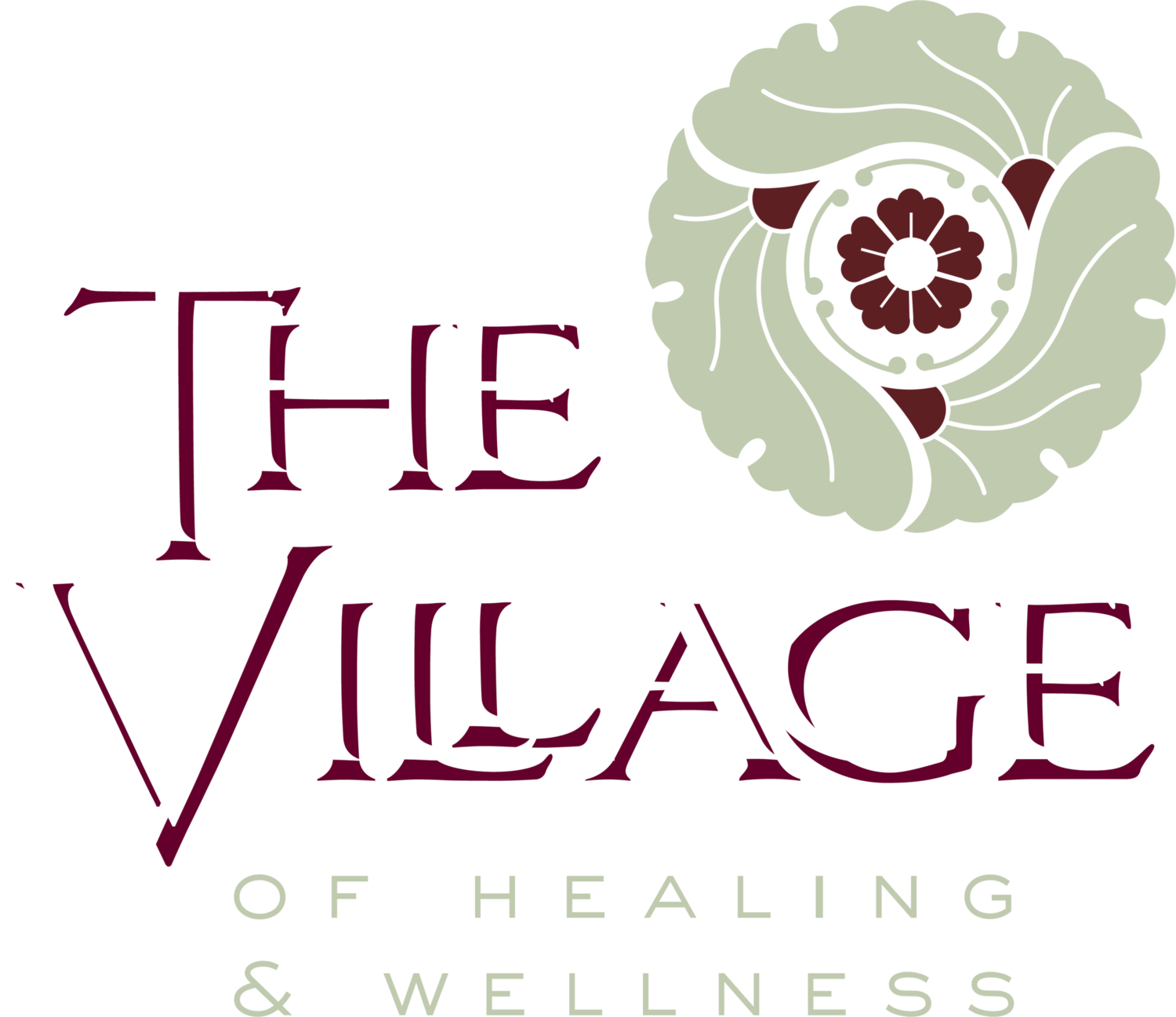Did you ever feel overwhelmed, or get so worked up about something that you could not think straight? The first thing someone tells you to do is take a deep breath. It turns out they are right. The problem is, most of us are breathing wrong, or not as efficiently as we should be. Now you may wonder, “how can I breathe wrong? I don’t even have to think about it.” It is something that we all take for granted. We do it 12-20 times a minute, and over 20,000 times a day. When we are babies, we all breathe using our diaphragm. This is known as abdominal breathing or belly breathing. The diaphragm is a large dome shaped muscle that lies at the lower end of our ribs and separates our lungs and heart from the rest of our internal organs. As we breathe in, our diaphragm contracts and pulls down, acting like a vacuum and decreasing pressure in the chest. This allows our lungs to inflate most efficiently, allowing for important exchange of oxygen and nutrients and removal of waste products. As we get older, we begin to breathe much shallower. We tend to use muscles in our neck, between our ribs, and our chest. This can lead to neck and shoulder pain as well as intense headaches from over active muscles. In addition, your lungs never get a chance to fully inflate or deflate. This causes your body to retain more waste products and does not allow for circulation of oxygen and important nutrients. Long term shallow breathing can decrease how well your body fights disease and infection, puts more work on your heart, and makes any respiratory conditions much worse and harder to fight. A frequently overlooked benefit of abdominal breathing is that the up and down plunger like action of the diaphragm when it contracts helps to massage and stimulate our digestive organs helping to stimulate the system and promote optimal function Diaphragmatic breathing activates your parasympathetic nervous system, or “rest and growth”. This allows your body to slow down and heal. Breathing in this manner also can lower blood pressure, reduce heart rate, relax muscles, decrease stress, and increase energy levels. Deep breathing is the easiest and best way to change your body from acidic to alkaline by adding more oxygen and removing more C02. Conversely, chest breathing, or shallow breathing activates the sympathetic nervous system, or the “fight or flight” response. This is your body’s stress response. It raises your blood pressure and heart rate, increases muscle tension and respiration rate, increases stress, and decreases energy and mental clarity. Great news! You do not need any special equipment or training to learn how to breathe correctly. Sit up straight in a chair and put your hands on your belly. As you breathe deeply through your nose, feel your belly push your hands out. As you exhale, your belly shrinks and your hands return to the starting position. With practice, this pattern will become automatic and you will be able to do this all day, everyday with no conscious effort. Afterall, if you breathe over 20,000 times a day, why not do it correctly and take advantage of all of the benefits?
Copyright 2020
